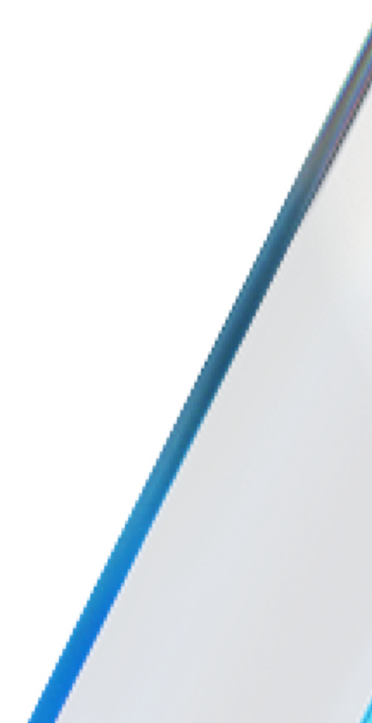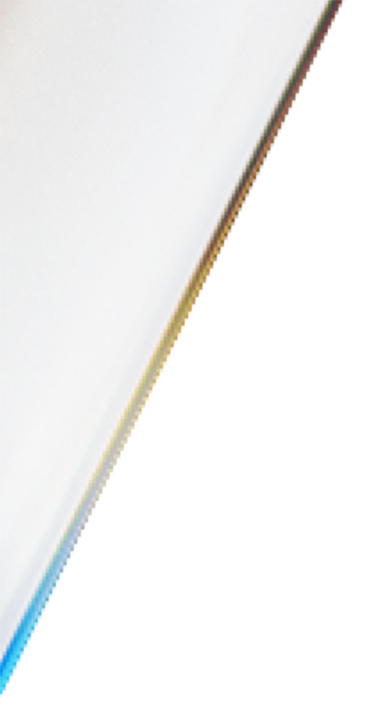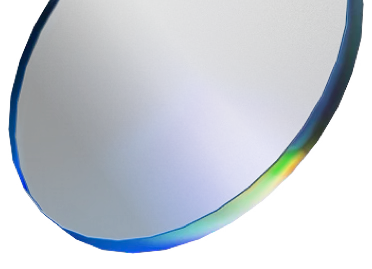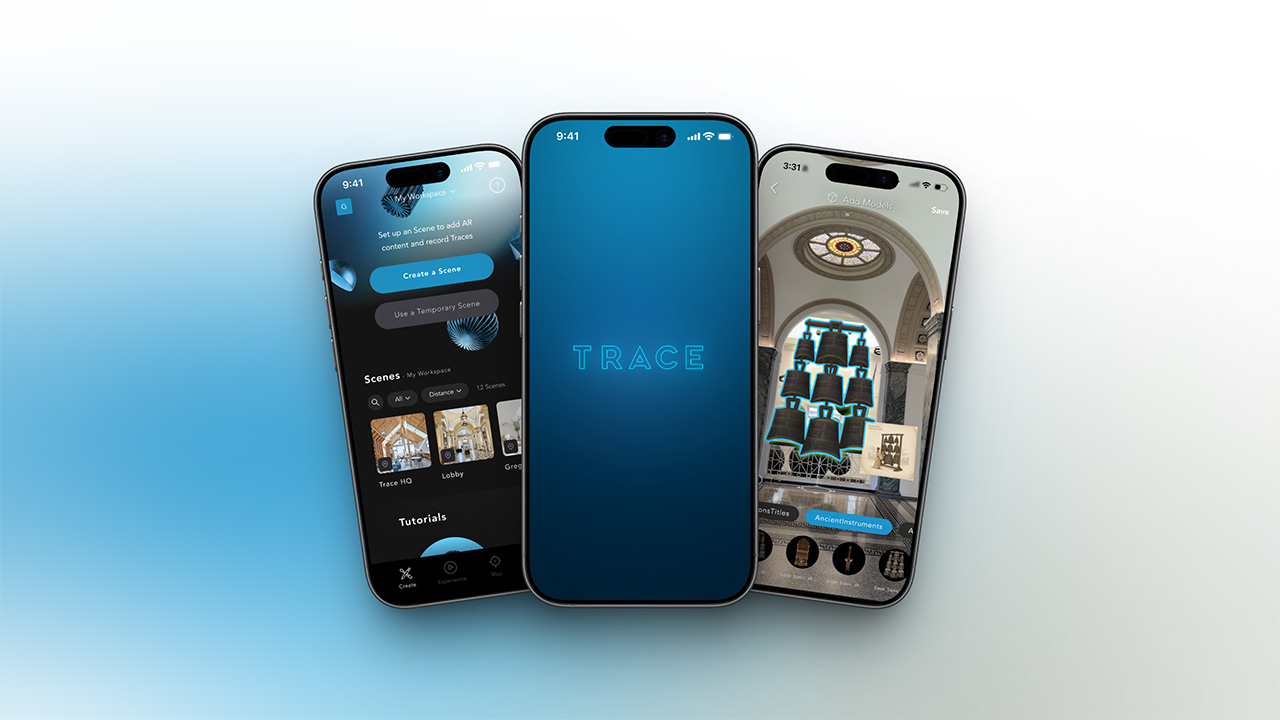

The Trace Creator App lets anyone design and publish immersive, real-world AR experiences like never before.

AR has always captured people's imagination. In movies like Iron Man to Minority Report, Hollywood has shown the amazing potential of AR, but creating real experiences has been out of reach for most creators. With Trace, we are changing that. The Trace Creator App enables anyone to create world-class AR for art, design, brand experiences, buildings, training and more.
Our team at Trace has spent more than 15 years building immersive AR tools, spatial operating systems and XR experiences. We've learned what truly works. AR is powerful when it is contextual, persistent and brings tangible value and intelligence to its users. We are bringing those principles to a simple toolset that anyone can learn in an afternoon.
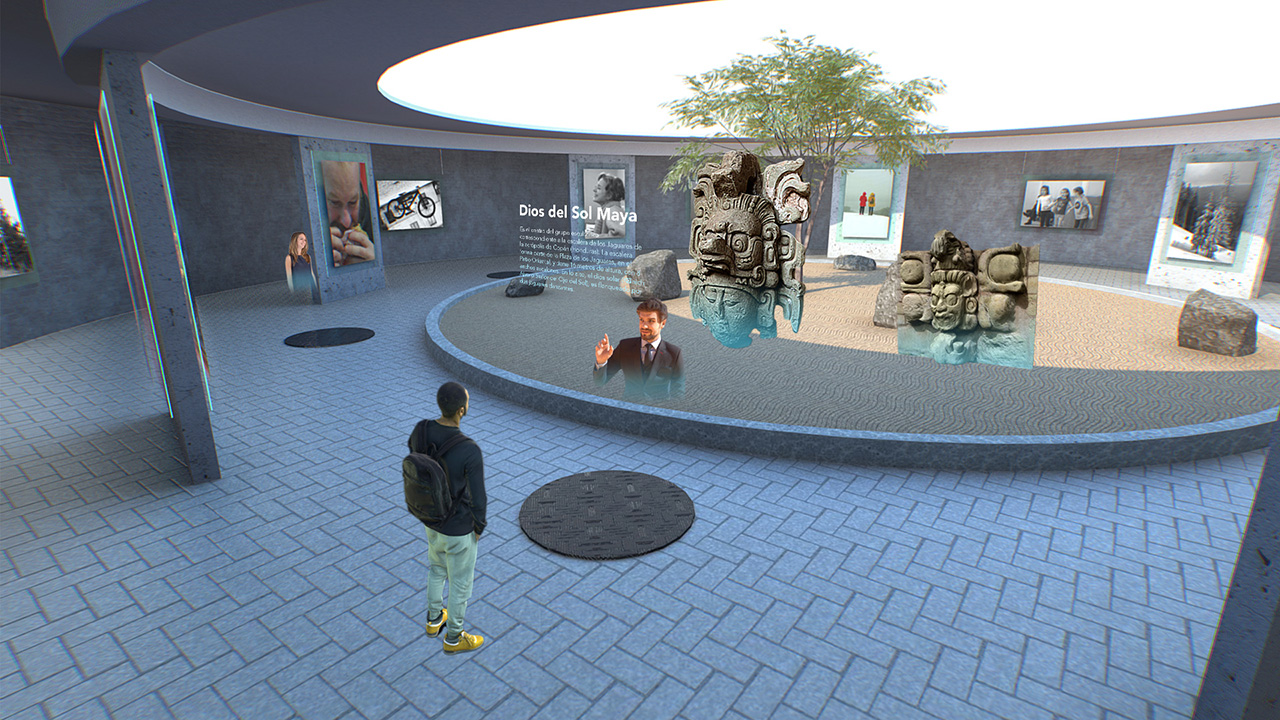
The Trace Creator App is the easiest way to build this new generation of augmented reality.
With Trace, you can:
Trace handles the complex setup and technology that is essential for any AR experience (spatial anchoring, occlusion, scaling, and multidevice compatibility). This lets you create experiences in hours that once took months for a team of ten engineers and designers.
Trace is not just another AR effects generator or web-cam marketing tool. We are highly focused on spatial, immersive experiences that can bring real-world utility creative depth. Below are some of the key differentiators that set the platform apart.
It’s not about making more AR. It’s about making AR that is impactful, tangible and usable again and again.
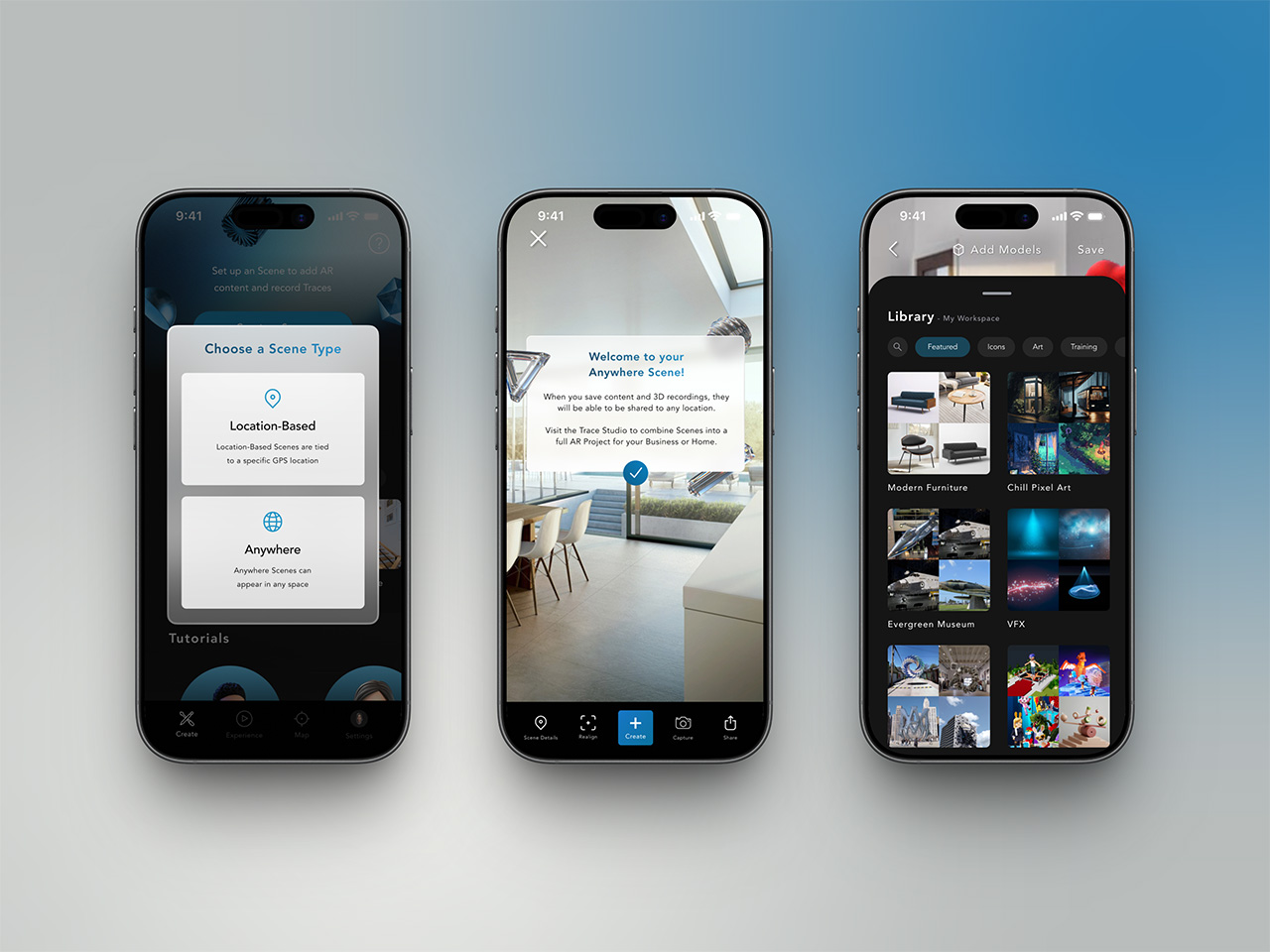
Some of the greatest brands on earth already use Trace in hard-hitting scenarios with their own teams and core customers.
Across industries from architecture and construction (AEC) to retail, training, and art, Trace is proving that AR tools and spatial computing can deliver real business and creative impact today. Trace offers augmented reality services for custom and enterpise projects as well (info@trace3d.app)
Building your first AR scene with the Trace Creator App is quite simple. First you can choose ‘Location-based’ or ‘Anywhere’ Scene. This will determine whether your content is tied to a physical space or can be shared to any location. Next, add your models text and 3-D recordings. This can be iterated on easily and you can add your own content or start with 3D content from the Trace Library. Finally you can publish your scene or expand it into a full project. The Trace Studio (studio.trace3d.app) will help you make advanced content and manage your projects.
Once published, your audience can experience your work on mobile devices through the Trace Viewer App or on headsets like the Vision Pro and Meta Quest.
AR's next chapter is persistent, contextual and anchored in the real world. With the trace creator app, that future is no longer reserved for companies with big budgets and engineering teams. It's open to anyone with an imagination and a phone.
Download the Trace Creator App today and start using our AR tools to build immersive real world experiences that will shape the world around us.
To try out Trace or learn more about creating augmented reality, check out the links below.
